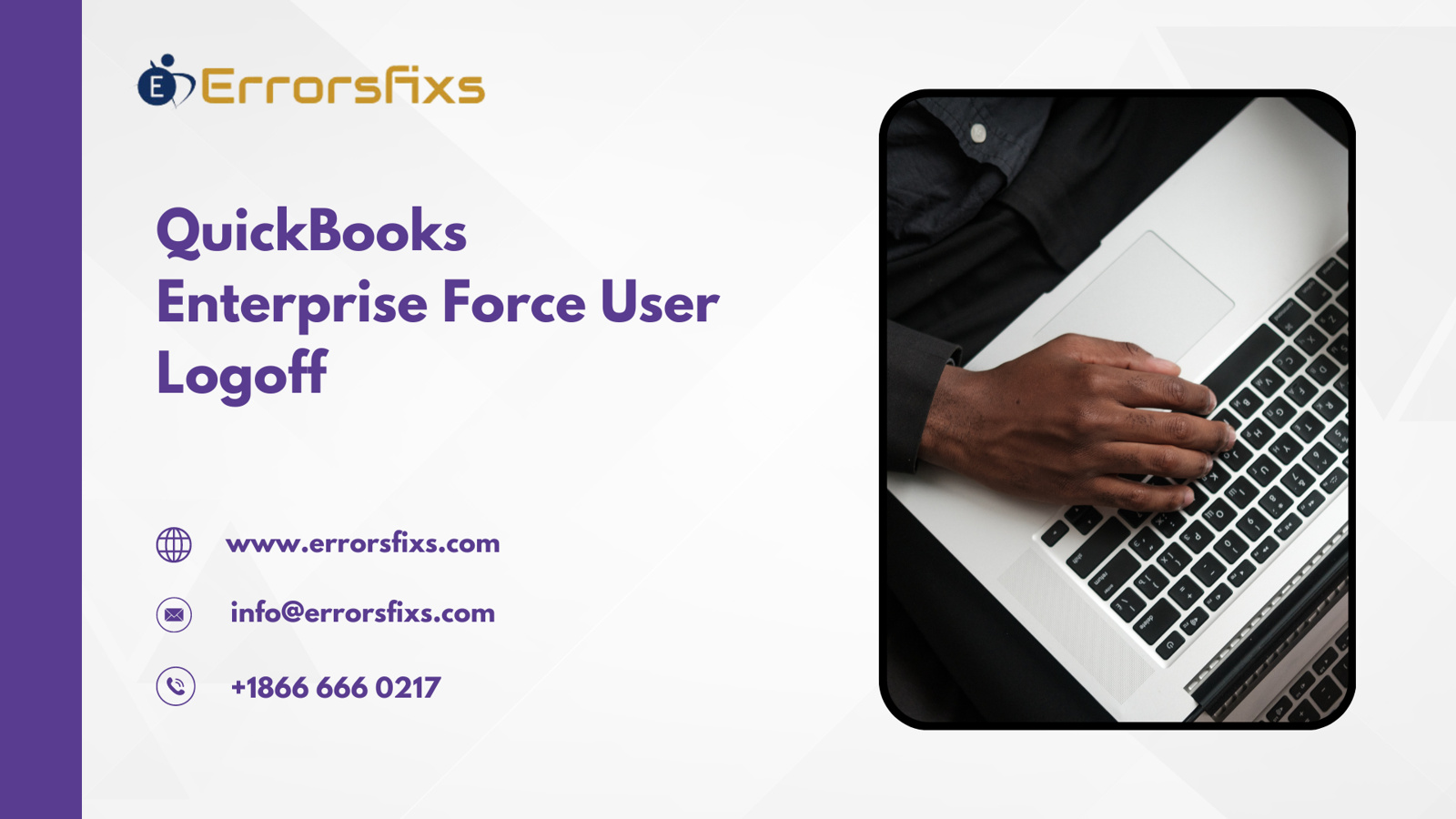
QuickBooks Enterprise is a comprehensive accounting software tailored for medium to large businesses. It offers robust features for financial management, inventory tracking, payroll processing, and more. One critical feature for administrators is the ability to force user logoff. This capability, known as QuickBooks Enterprise Force User Logoff, ensures that maintenance tasks, updates, and backups can be performed without disruptions. This article delves into the importance, functionality, and best practices of using the force user logoff feature in QuickBooks Enterprise.
Importance of QuickBooks Enterprise Force User Logoff
The QuickBooks Enterprise Force User Logoff feature is crucial for several reasons:
Maintenance and Updates: Regular software maintenance and updates are essential for optimal performance and security. For these tasks to be performed effectively, all users need to be logged off from the system. This feature allows administrators to enforce this without waiting for users to log off manually.
Data Integrity: Performing backups and data integrity checks require exclusive access to the QuickBooks company file. Force logging off users ensures that no changes are being made to the data during these critical operations, thereby preventing data corruption and ensuring accurate backups.
Security: In scenarios where a user session may pose a security risk, such as unauthorized access or suspicious activity, administrators can immediately log off the user to protect sensitive financial information.
System Performance: Logging off inactive or unnecessary user sessions can free up system resources, enhancing the overall performance of QuickBooks Enterprise.
Functionality of QuickBooks Enterprise Force User Logoff
The Force User Logoff feature in QuickBooks Enterprise is designed to provide administrators with the control needed to manage user sessions efficiently. Here’s how it works:
Accessing the Feature: Only users with administrative privileges can access the force logoff option. This ensures that only authorized personnel can perform this action, maintaining security and control over the system.
Notifying Users: Before forcing a logoff, administrators can send notifications to users informing them about the impending logoff. This allows users to save their work and log off voluntarily, minimizing data loss.
Forcing Logoff: If users do not log off voluntarily, the administrator can proceed to force the logoff. This action will close all active sessions, ensuring that no users are connected to the company file.
Ensuring Compliance: QuickBooks maintains a log of all user activities, including forced logoffs. This log can be reviewed to ensure compliance with company policies and for auditing purposes.
Step-by-Step Guide to Using QuickBooks Enterprise Force User Logoff
Here’s a detailed guide on how to use the Force User Logoff feature in QuickBooks Enterprise:
Open QuickBooks Enterprise: Log in to QuickBooks Enterprise with an administrator account.
Access the Users Menu: Navigate to the “Company” menu and select “Users” > “View Users.”
View Active Users: This will display a list of all active users currently logged into the company file.
Notify Users: Before forcing a logoff, you can notify users by sending a message. Click on “Send Message” and enter the notification message. This step is optional but recommended to allow users to save their work.
Force Logoff: Select the users you wish to log off from the list. Click on “Log Off User” to force the logoff. Confirm the action when prompted.
Verify Logoff: After the logoff is complete, verify that no users are currently logged into the system by refreshing the user list.
Best Practices for Using QuickBooks Enterprise Force User Logoff
To ensure the effective and safe use of the Force User Logoff feature, consider the following best practices:
Schedule Maintenance: Plan and schedule maintenance tasks during off-peak hours to minimize disruption to business operations. Inform users in advance about the scheduled maintenance.
Regular Communication: Maintain open communication with users about the importance of logging off during certain times. Regular reminders can help users develop the habit of logging off when not using the system.
Backup Before Force Logoff: Always perform a backup of the company file before forcing a logoff. This ensures that data is not lost if there are any issues during the logoff process.
Use Notifications: Always notify users before forcing a logoff. This courteous approach allows users to save their work and reduces the risk of data loss.
Review User Activity Logs: Regularly review the user activity logs to monitor for any unauthorized access or unusual activity. This helps in maintaining security and compliance.
Train Administrators: Ensure that administrators are well-trained in using the Force User Logoff feature and understand its implications. Proper training helps in executing the logoff process smoothly and efficiently.
Troubleshooting Common Issues with Force User Logoff
Despite its usefulness, the Force User Logoff feature can sometimes encounter issues. Here are some common problems and their solutions:
User Session Not Ending: If a user session does not end after forcing a logoff, it may be due to network issues or the QuickBooks Database Server Manager not functioning correctly. Restarting the server or reconfiguring the network settings can resolve this.
Data Loss Concerns: Force logging off users without prior notification can lead to data loss. Always notify users before forcing a logoff and encourage them to save their work regularly.
Access Denied Errors: If an administrator receives an "Access Denied" error while attempting to force a logoff, it could be due to insufficient permissions. Ensure that the administrator account has the necessary privileges.
System Performance Issues: If the system performance degrades after forcing multiple user logoffs, it may indicate underlying issues with the server or network. Regular maintenance and performance checks can help prevent this.
Conclusion
QuickBooks Enterprise Force User Logoff is a vital feature for maintaining the smooth operation, security, and performance of your QuickBooks system. By allowing administrators to manage user sessions efficiently, it ensures that necessary updates, backups, and maintenance tasks can be performed without disruption. Implementing best practices and troubleshooting common issues effectively enhances the reliability and functionality of QuickBooks Enterprise.
Understanding the importance of this feature, along with proper training and regular communication with users, can prevent potential issues and ensure a seamless user experience. As businesses continue to rely on QuickBooks Enterprise for their financial management needs, leveraging the Force User Logoff feature will play a crucial role in maintaining system integrity and operational efficiency.
Visit→https://www.errorsfixs.com/quickbooks-enterprise-force-user-logoff/

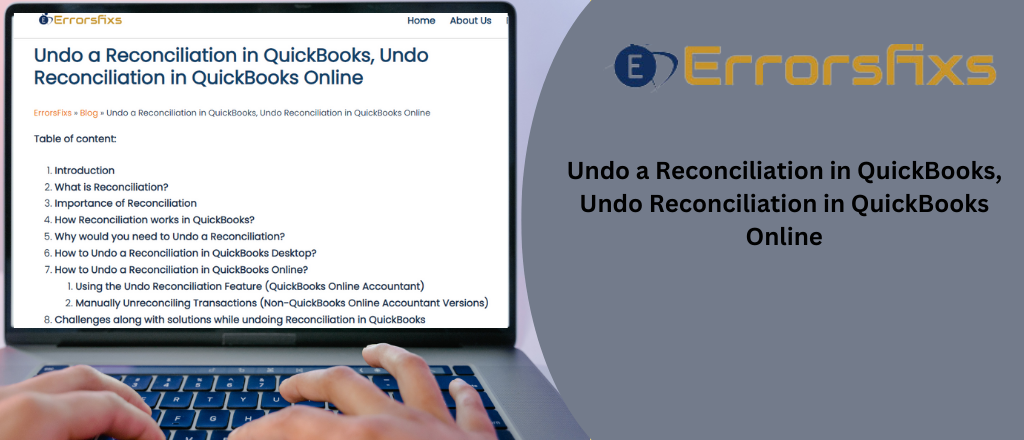

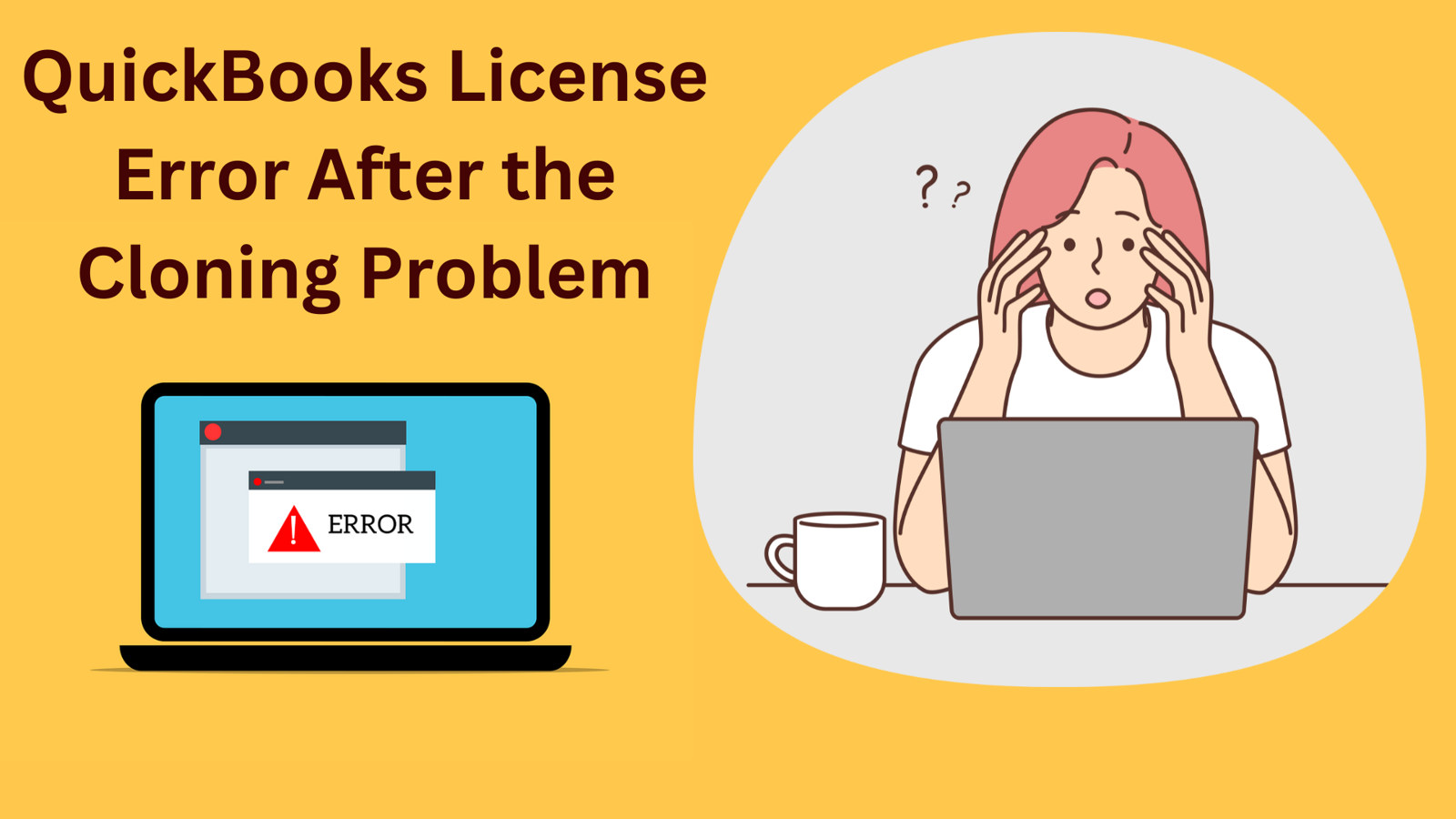



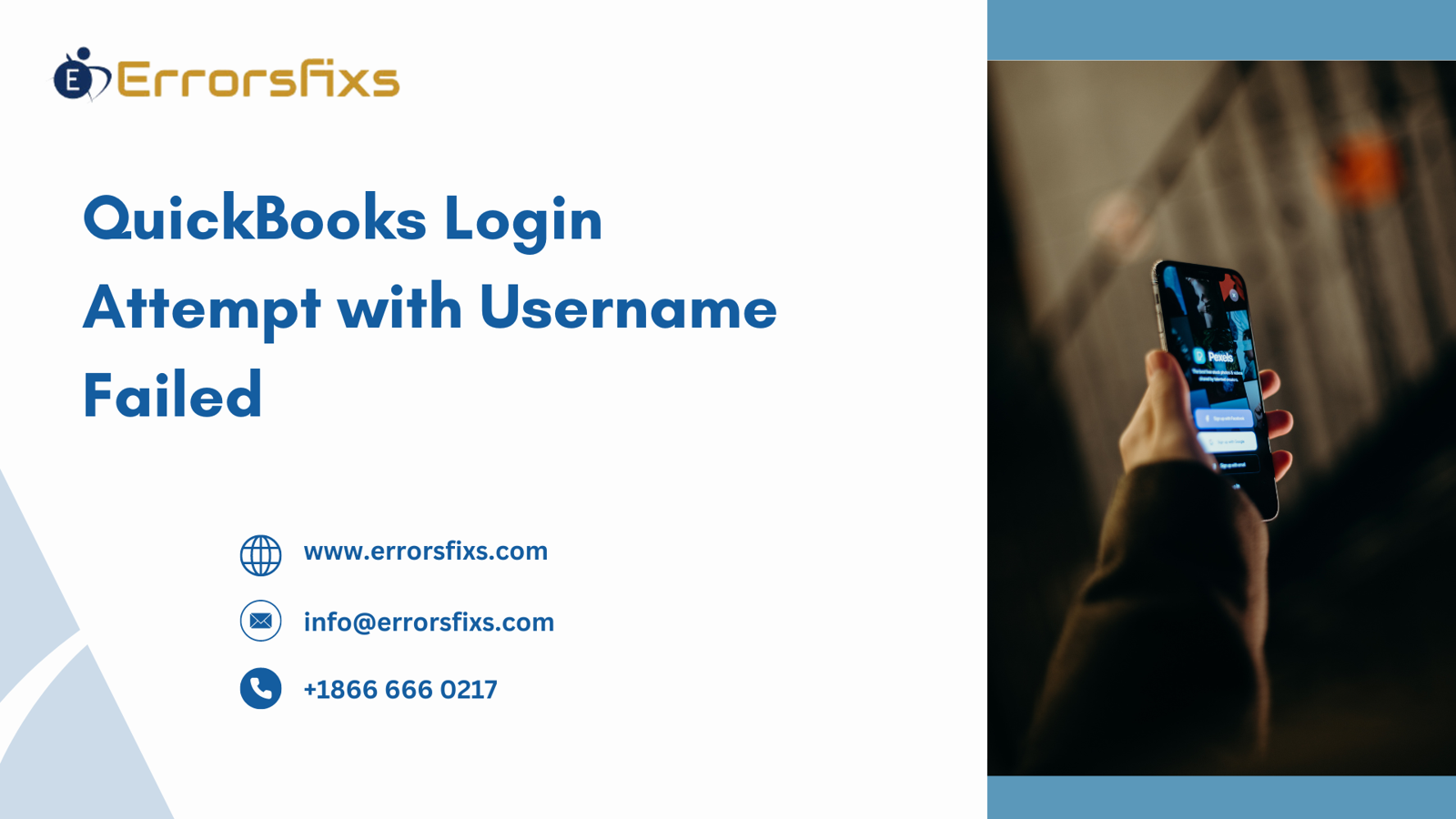

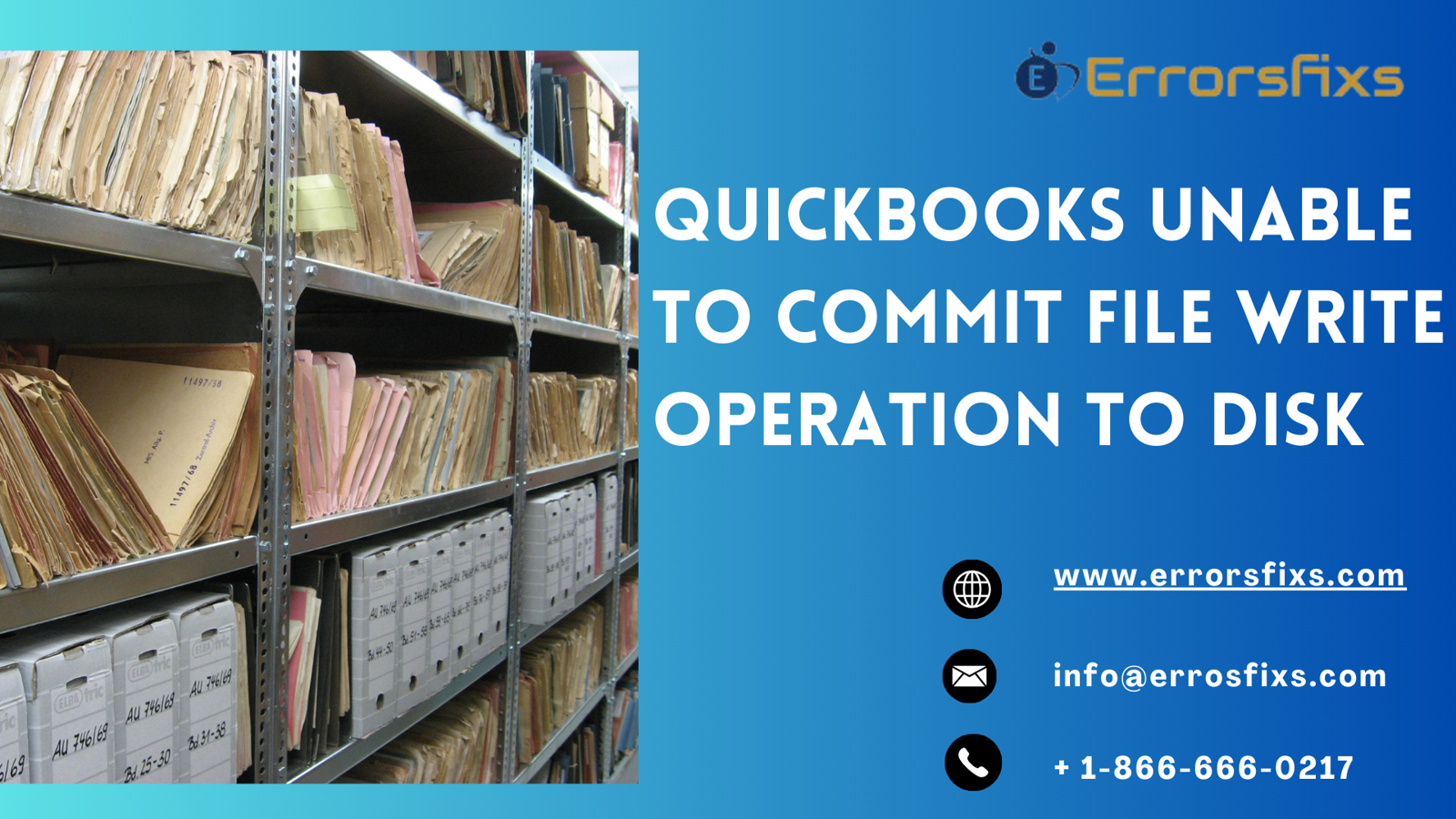

Write a comment ...